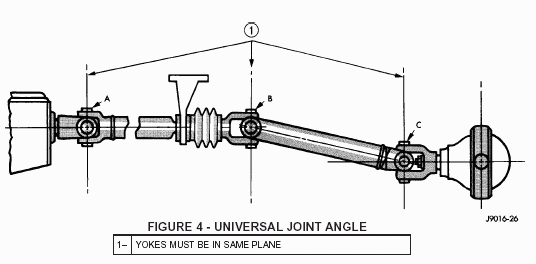Nosferatu49534
Well-Known Member
Are hot water shut off valves a factory option? I've never heard of that?Hello everyone, I've been playing catch up with this project and finalizing the cooling system heat circuit and the torque converter heat exchanger circuit and have a question.
All my previous chevy/gmc diesels had some sort of hot water shut off valves incorporated into the heater hoses but this 99 gmc just has the heater hoses plumbed to both heater cores w/o any shut off valves and truthfully I never had issues with the hot water flowing through the heater cores during hot weather and AC was so cold in the past I actually had to blend heat in to be comfortable and since I'll remove the ECM and wire the AC like FERM suggested do I need hot water shut of valves or?

